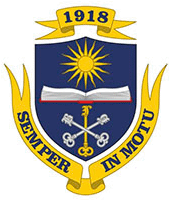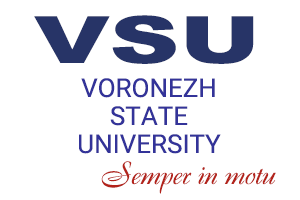On 25 January 1943, the university was in Yelabuga where it had been evacuated. The diary of Rostislav Segedin, who was then a student of the Faculty of Geology of VSU, says:
“On 25 January, in the morning, we heard a joyful hustle and bustle, noise, and cries of “Hurrah!” from behind the plank wall that separated our room 41 from room 40, where girls lived. We asked them what had happened. And the girls shouted back: “Voronezh has been liberated!”
The ruins of a university building. January 1943.
A report of Sovinformburo:
“On 25 January, the troops of the Voronezh Front, took the offensive nearby Voronezh, attacked German troops, and fully seized the city of Voronezh. The eastern bank of the Don River in the area to the west and south-west of the city was also cleared of German fascist troops.
The number of prisoners of war taken near Voronezh by the end of 24 January had increased by 11 thousand soldiers and officers. Thus, the total number of prisoners of war captured along the Voronezh front had reached 75 thousand soldiers and officers.”
Saint Metrophanes Annunciation Monastery, on the site of which the main building of VSU was built
Valeria Sukhanova, who was a student of the Faculty of Physics and Mathematics of VSU during the war, remembers:
“The good news warmed our hearts: Voronezh had been liberated. The Rector Nikolai Glistenko went to Voronezh. We were looking forward to his return. The Rector finally came back. The meeting was noisy and heated. There were thousands of questions: How's the city? How's the university?
Our hearts nearly died while we were waiting for an answer. The answer was not inspiring: “The university has been ruined.”
Like a thunderbolt, the message broke our hearts. We felt sorry for the classical, majestic building of the Faculty of Chemistry with its wonderful fundamental library and the bright and beautiful building on Friedrich Engels street, where our Faculty of Physics and Mathematics was located.”
Restoration of the building of the Faculty of Chemistry (today, the Faculty of Pharmacy)
Chemists and biologists were the first to come back to the city, others moved from Yelabuga to Lipetsk, which was then a part of the Voronezh Region. In the summer of 1943, the university started to recruit first year students in Voronezh and Yelabuga.
Text and photos by: Mikhail Steinberg






